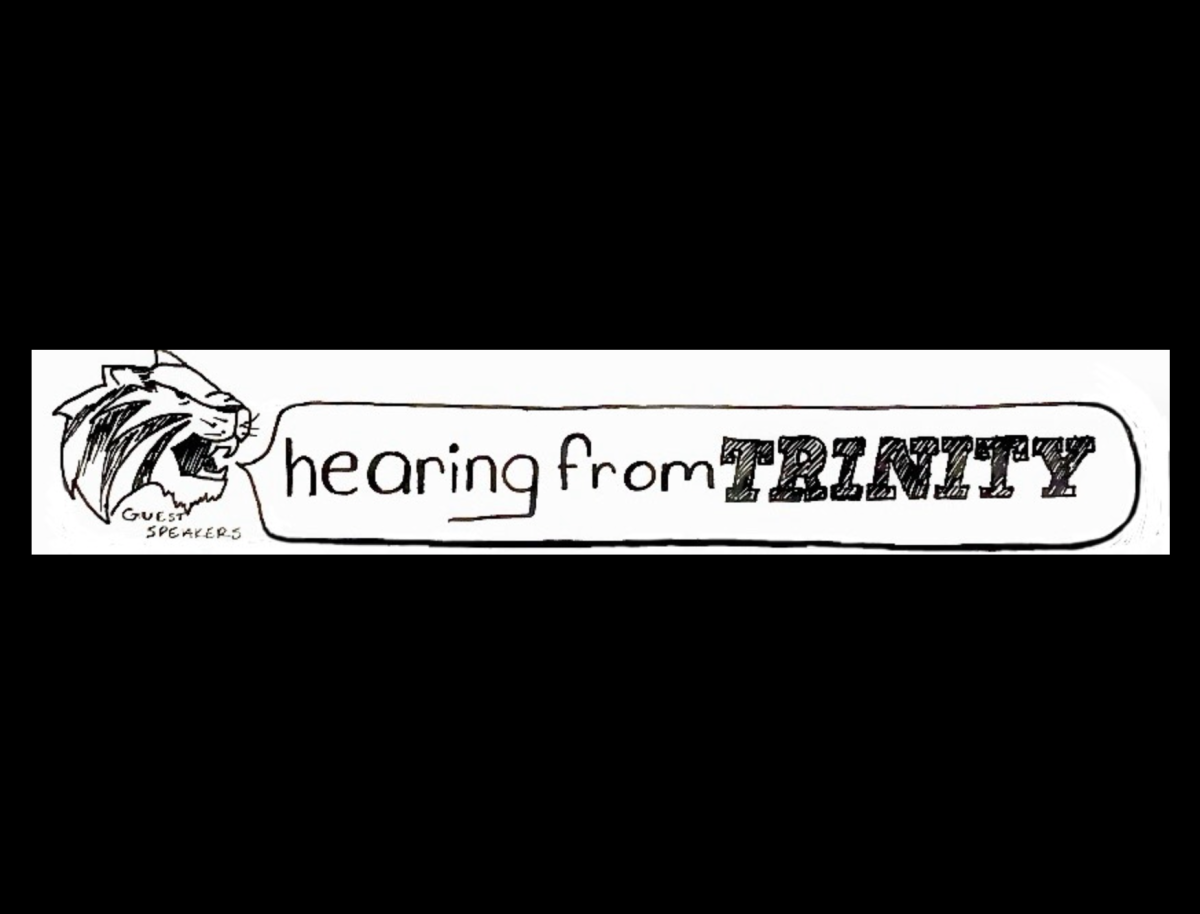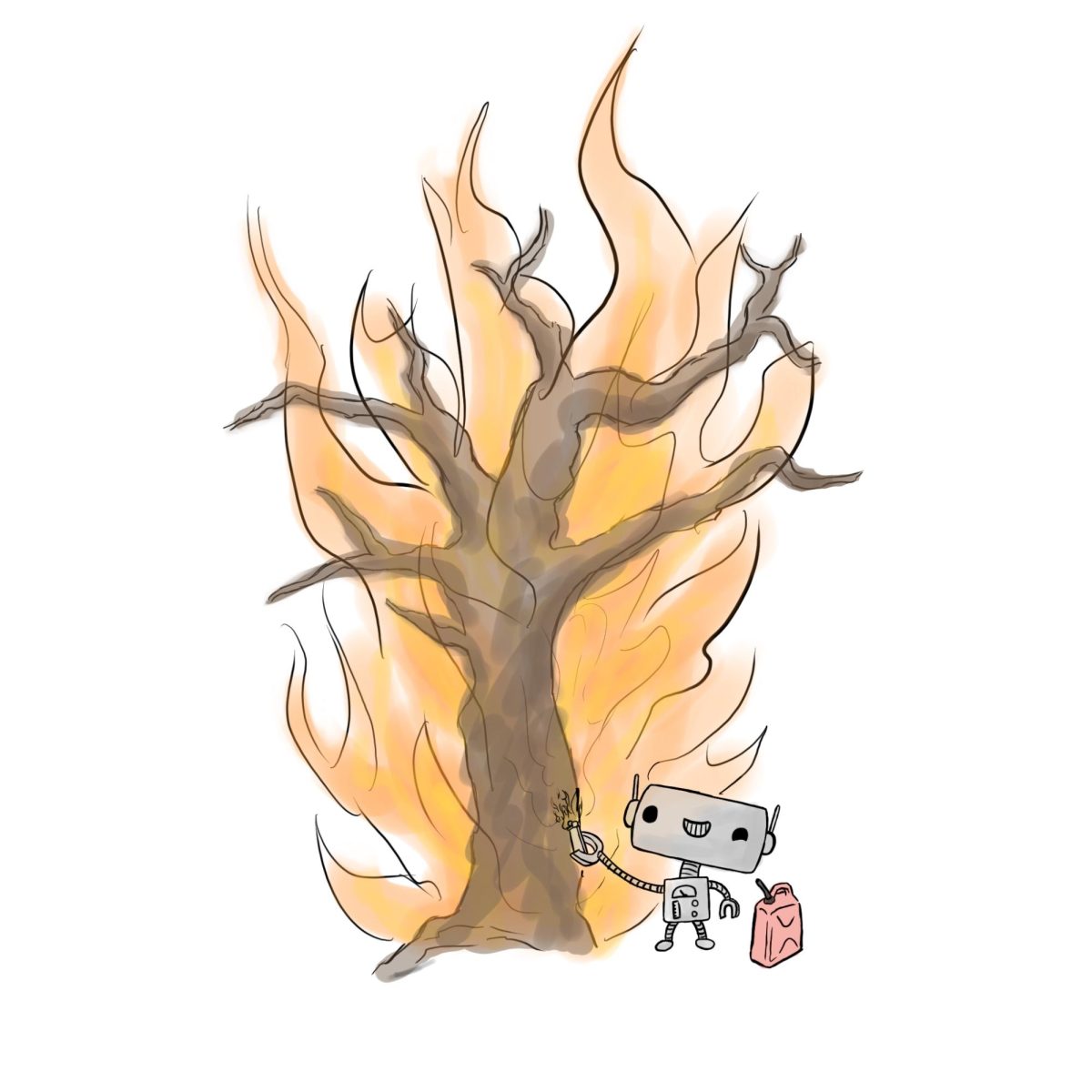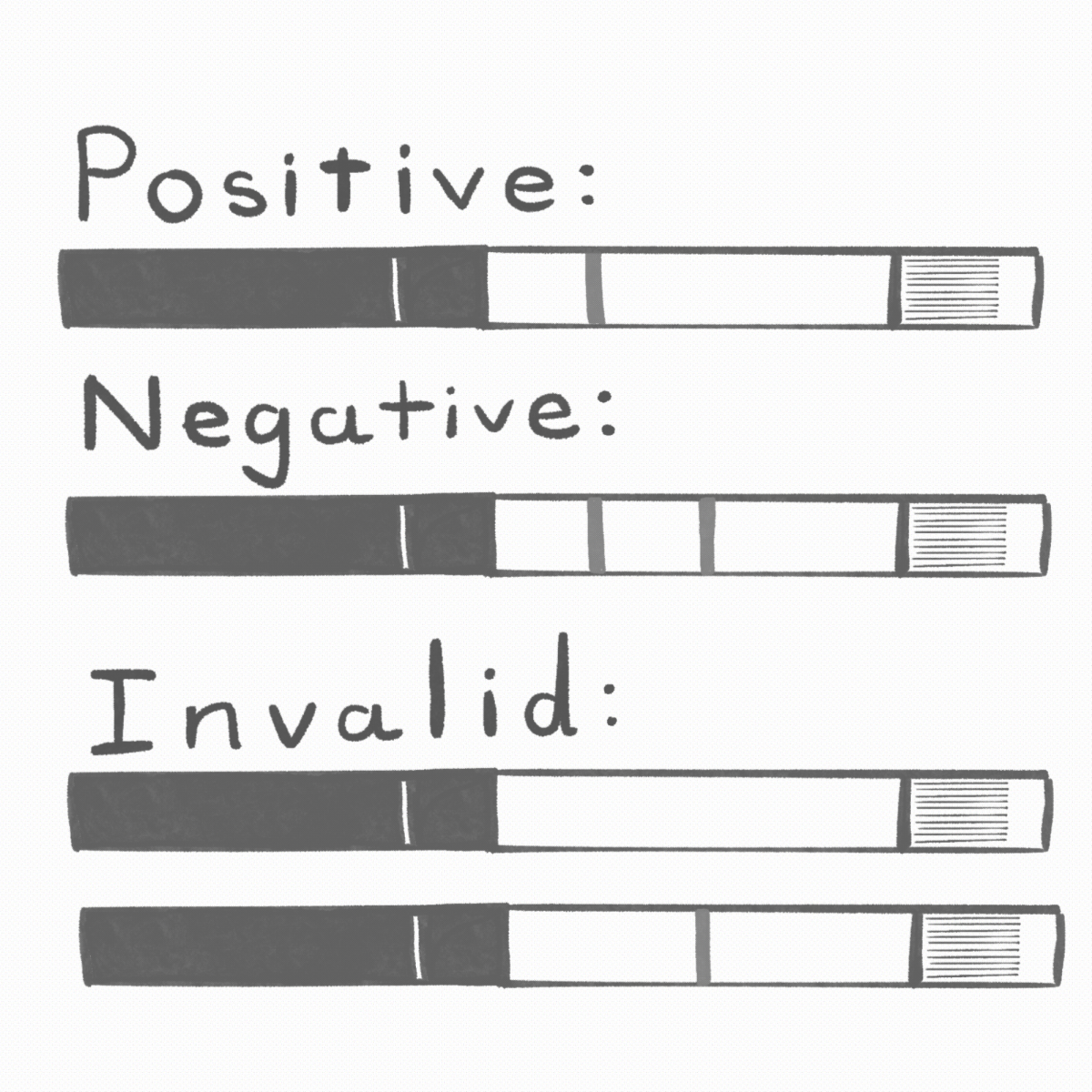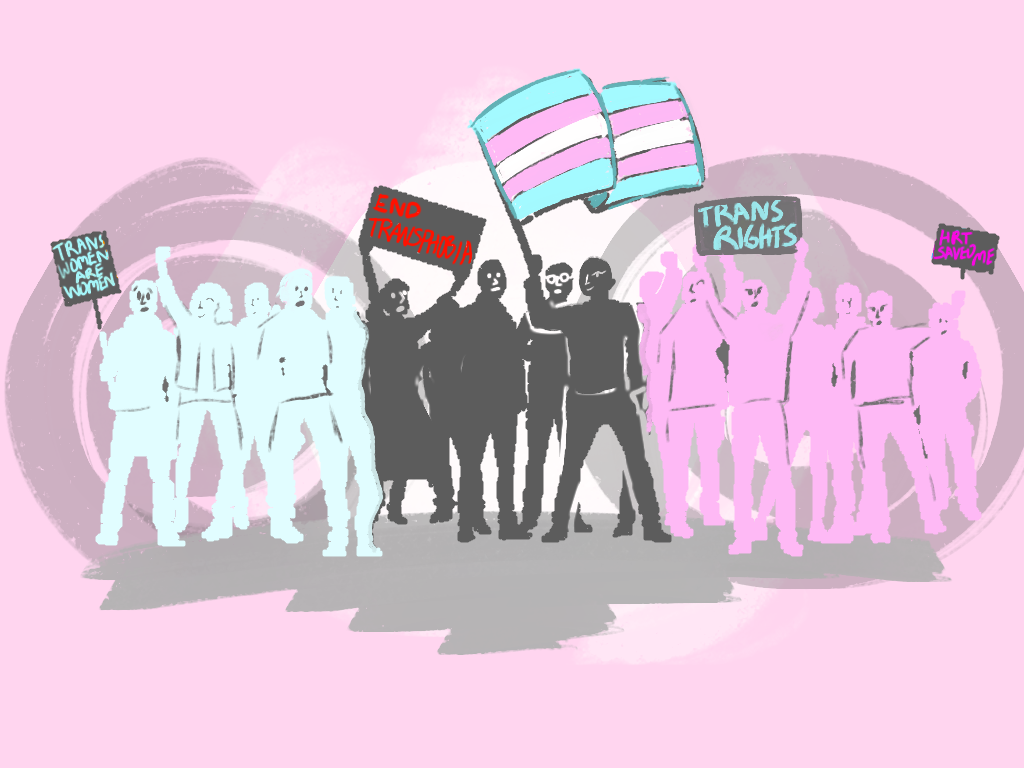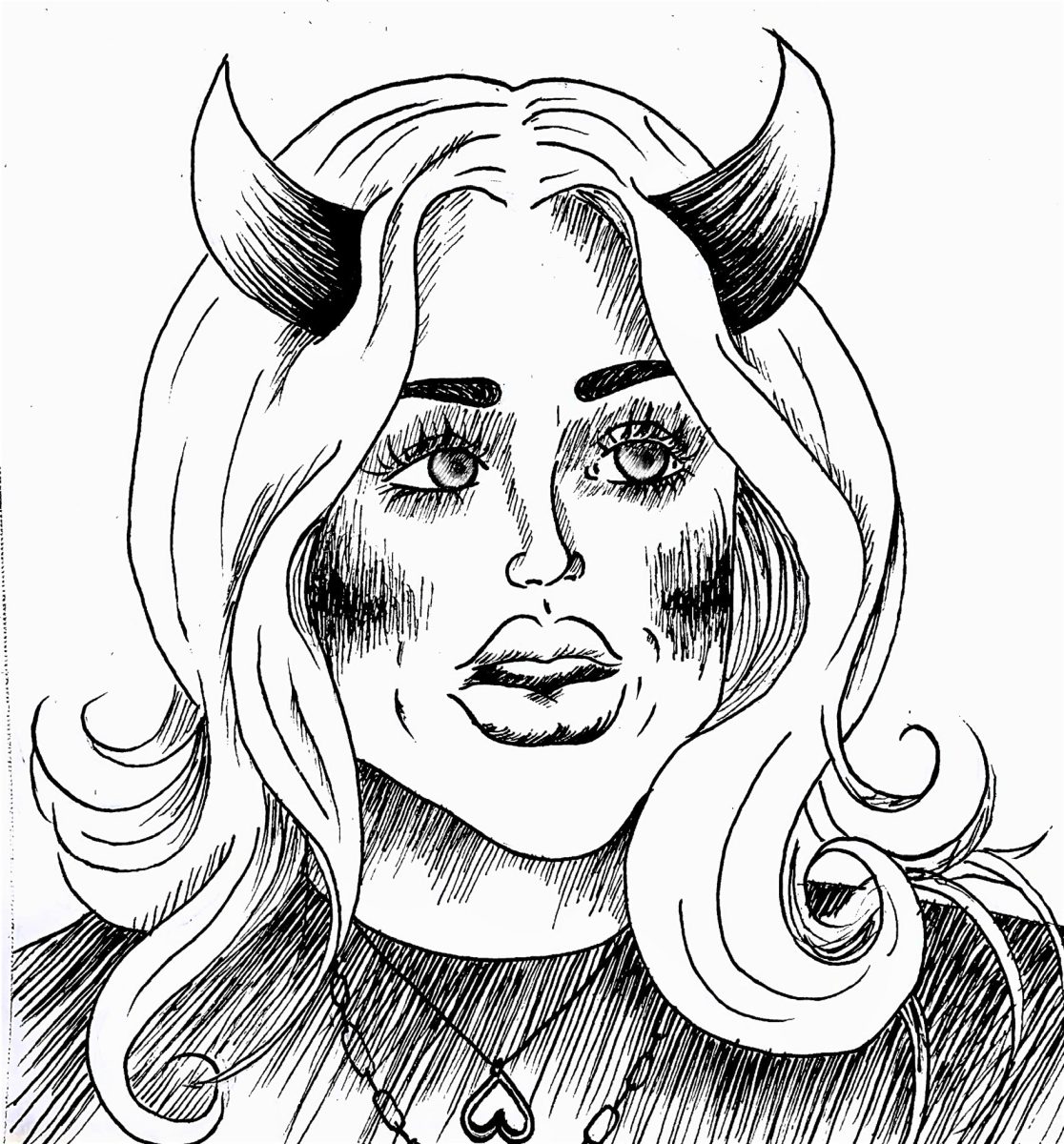In terms of an educational experience, few things compare to learning history from those who experience it firsthand. This encounter is often hard to come by because primary sources are difficult to locate and it’s rare for a student to talk with individuals personally, but not on Semester at Sea and not in Ho Chi Mihn City, Vietnam, where I spent the last six days.
They call it the “American War” but we know it as the “Vietnam War.” Having ended more than 30 years ago, the conflict feels like a lifetime ago for my generation, but, for many individuals living today in the former capital of Saigon and many Americans, the war is a not-so-distant memory.
My educational experience with Vietnam began last semester in Dr. Topp’s Political Communication class, where we analyzed a 1965 speech given by President Lyndon B. Johnson. In his address, he aimed to answer the question, “Why are we in Vietnam?” and came to the conclusion that it was to fulfill a long-standing promise of protection for the South Vietnamese.
Reading his words almost 50 years later and having the luxury of hindsight makes it easy to criticize the president and the war, but I didn’t fully understand the context of his speech or the impact the war had on the president himself until I met his daughter on the MV Explorer a few weeks ago.
Lynda Bird Johnson Robb boarded the ship in South Africa, along with her husband and former Marine captain/ politician, Charles Robb. At first, the couple looked like any other lifelong learner duo. You’d see them sitting at breakfast with students or listening in on classes, but the stories they shared during our ship-wide Vietnam Day set them apart.
Mrs. Robb talked about how hard it was to see her husband off to war and how people would stand outside her window (meaning outside of the White House) and chant, “Hey, Hey, LBJ, how many boys did you kill today?!” She added that “nobody wanted to see the war end more than Daddy; no one.”
You don’t have to be a political science junkie to appreciate the shock value of such statements. It was crazy to sit 10 feet away from someone who experienced history from a completely different point of view than the common man, as daughter of the president and wife of a high-ranking military leader, and yet she shared in basic human reactions held by so many of that time period.
It was in her expressions of frustration, grief and longing for an end that I acknowledged that behind all of the textbook pages filled with dates and facts, it’s the human story that is most engaging, memorable and relevant to our knowledge of history.
Armed with this understanding and the “American perspective,” I set out with a group to meet a Vietnamese man who worked as a United Press International photographer for the U.S. during the war. Inviting us into his home, he showed us pictures he had taken. I inquired about the stories behind many of them and eventually revealed I wanted to be a journalist. The man looked up from autographing and said, “Good. You go to Afghanistan and Iraq and report. Tell the world what’s happening and become famous.”
It dawned on me that I too am experiencing history and maybe someday my kids will be touring Baghdad, talking to ex-pats and learning about history through photos. Still, it seems there’s a lot of heartache, reparations and repair to undergo before that will happen.
The climax of my history lesson came in the form of the Museum of War Remnants (originally called, “The House for Displaying War Crimes of American Imperialism and the Puppet Government of South Vietnam”). If the name didn’t already give it away, the government-run museum is a little one-sided and propagandistic, but that’s to be expected.
The first floor features photos of protests in which countries from all around the world supported Vietnam in its resistance against the U.S. There’s also a frame filled with awards, including a purple heart, from an American veteran accompanied by a plaque that reads, “To the people of a united Vietnam, I was wrong and I am sorry.”
The level of intensity rises as you take the stairs to the second floor, finding that when it comes to visuals, the museum spares no one. On display are photos of the systematic destruction of the village of Ben Suc by U.S. troops, a G.I. holding up a half-mangled man deformed by heavy bombing, the bodies of naked women and children piled on top of each other and fetuses in jars showing the continued effects of Agent Orange.
I’ve always been proud to be an American, but standing there in a room surrounded by tourists from other countries, I couldn’t help but feel ashamed, like they were all shaking their heads in disapproval. Again, my mind wandered to the current war and what they might say about our efforts and our country in 30 years.
Despite the uncomfortable nature of my visit, I appreciated its value and also found that my paranoia of hatred towards Americans is, for the most part, unfounded. The Vietnamese people are kind and eager to forget the past, even if it does remain a part of their culture, visible in the many souvenirs and landmarks around the city.
But war should never be forgotten or downplayed ,because the heinous nature reminds us that battle is ugly and gruesome. It’s understandable that both sides will do what it takes to survive, but we will gain more if we can truly begin to understand and relay one’s personal histories. If done correctly, I think we’ll find that we all share in a basic human desire for peace.
Tommie Ethington is a junior communication major currently studying abroad on Semester at Sea.

